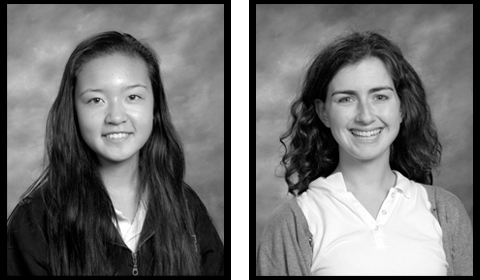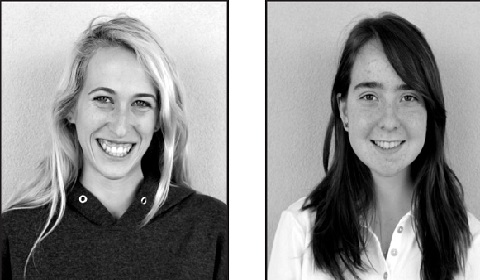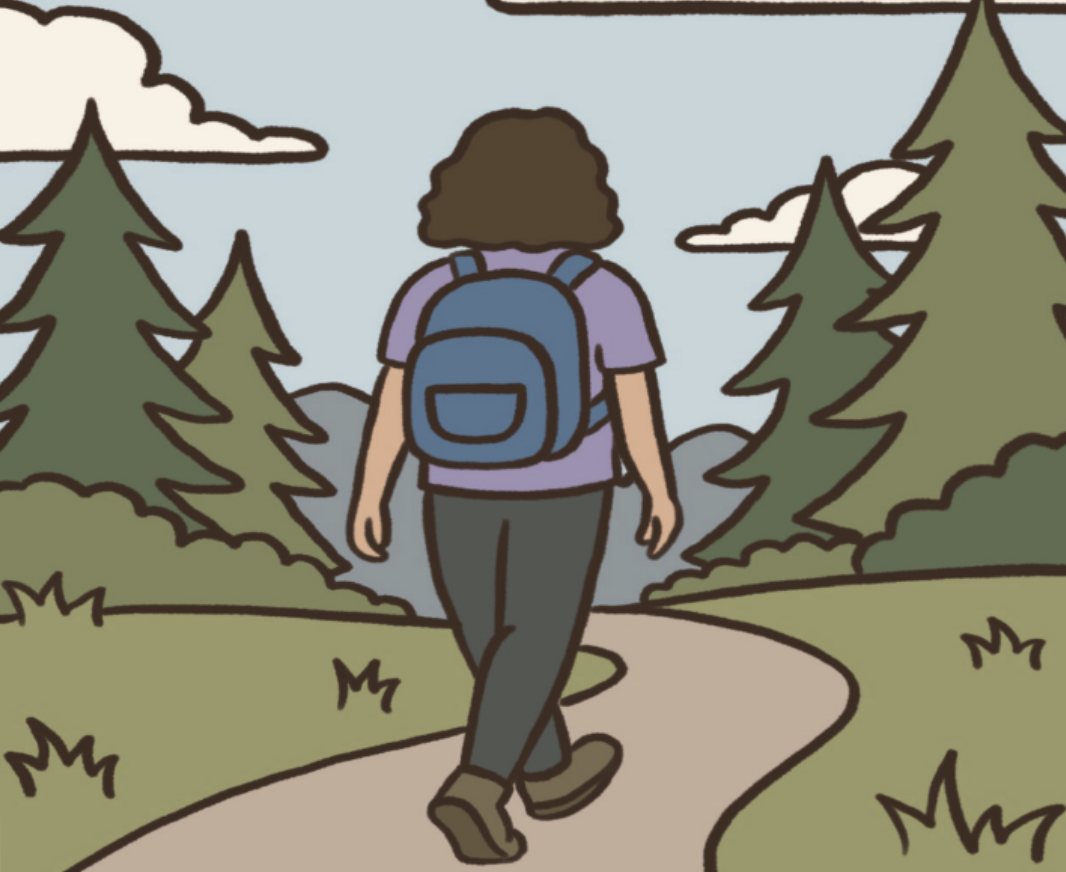College tour. Something that I’ve always wanted to do…and yet, even as a second semester—fourth quarter—senior, something I have never actually done. Ever. Now, how did I choose a college? Excellent question. And this question doesn’t really have a concrete answer past a noncommittal “meh.” But enough about me and more about my opinion for my final round at our beloved newspaper.
Spring break just flew by, and the annual mostly-sophomore trip took off to the East Coast, bringing up the question: when is too early for students to be taking college tours? Taking fifty-some unruly and vivacious sixteen-year-old girls to go quasi-unsupervised into various cities on the East Coast sounds crazy. But every year Marlborough sends members of the sophomore class to go scout out prestigious East Coast colleges. Friends have claimed that this experience is good for bonding and for scoping out towns, but ultimately it doesn’t help that much due to just not caring, possibly because of irrelevance–either through not caring about the schools being visited or not yet knowing what to look for in a school. I know without my first meeting with my college counselor, I had no idea what I was looking for in a school.
One solution would be to completely cancel the trip altogether. Many people take trips of their own anyways. The Marlborough trip usually doesn’t cover schools that certain individuals want to view. I’ve heard certain schools get higher reviews based off of how “cute” the tour guide is, not based off of programs the school offers.
The second option would be is to spread out the trip throughout the years and have shorter but more frequent trips—maybe just simple day trips—including colleges that are nearby.
Truthfully, I think there should be more opportunities to go on college tours—perhaps even starting in freshman year. As an athlete, and one who hoped to be recruited, I personally needed to start the college process sooner than I think Marlborough really wanted me to. Our hard-working college counselors were only assigned to us in our junior year, and the advice and help I needed in order to choose good schools that I needed to contact and plan soccer camps just wasn’t there.
We are at a college preparatory school, one that is even lauded as one of the best in the country. Despite all the stress that we complain about, it might be nice to be reminded that our struggles will pay off in the long run and help us keep our eyes on getting into a school of our choice. If we choose to go to a reputable university, Marlborough, through its faculty and dedicated college counselors, does its best to help us accomplish that.
Granted, my dad is still having difficulty with his favorite eldest daughter flying out of the nest and off to college, but maybe if I had been dragged off by Marlborough to far-off schools earlier, then he would have an easier time letting me go. Just maybe.
Pilar:
When I went on College Tour during spring break of tenth grade, I knew exactly what I wanted in a school: it needed to be big, be in a city but have its own campus, have beautiful architecture, and cute boys. UC Berkeley seemed like the perfect school for me. A year later, sitting in Mr. Heeter’s office compiling my college list, I gave a completely different set of requirements: any school I considered had to be small–no more than 5,000 people at most–
not have a competitive academic climate, be in or near a city, have a self-contained campus, and broad academic options. Two years after tenth grade college tour, I enrolled at Kenyon College, a small liberal arts school in rural Ohio.
What I thought were finite requirements for any potential school, both in 10th and 11th grade, changed as I began to sincerely consider where I would spend the next four years of my education. Kenyon, for example, is an hour away from the nearest big city, and in no way resembles the bigger state schools I initially pictured myself at. Perhaps I only considered those types of schools before college tour because my parents had gone to big state schools, and a small liberal arts school had never been on my radar. Going on College Tour in 10th grade, however, exposed me to a wide variety of schools — big state schools, tiny liberal arts colleges, mid-sized universities, and Ivy League schools — which allowed me to get a sense of what I liked and did not like. The purpose of College Tour is not to have students choose where they will be going for college from this limited pool, but to expose students to different types of schools and thereby streamline the start of the college process in 10th grade.
College Tour shows students a wide variety of schools, allowing them to see what they would and would not want in their college. Therefore, when students begin the college process in 11th grade, they hopefully already have a sense of what they would like in a school. This thereby streamlines the beginning of the process and allows students more time to focus on types of schools they know they would like rather than starting from scratch. Additionally, using spring break of sophomore year for the school-sponsored college tour leaves spring break of junior year free for students to tour schools on their college lists.
Of course, not going on College Tour does not put anyone at a severe disadvantage. Several of my friends, both at Marlborough and at other schools, did not go on a College Tour in 10th grade, and they are all not only going to college, but happy about where they are going. Taking advantage of the opportunity Marlborough provides and going on College Tour in tenth grade, however, streamlines the beginning of the college process and allows students to use their spring break in 11th grade to look at schools to which they are considering applying.









